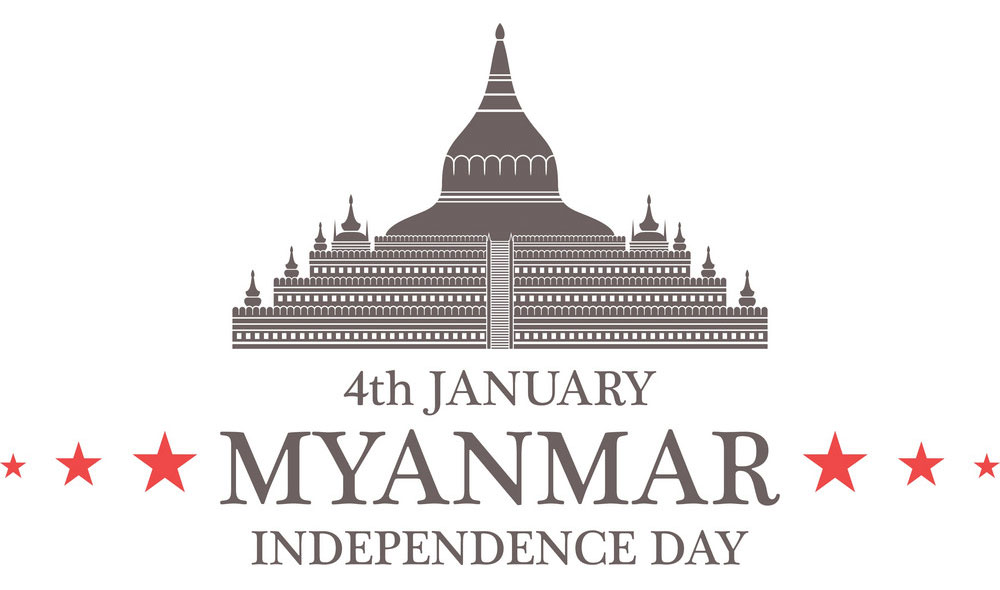
Myanmar’s Independence Day, observed annually on January 4, commemorates the day when country declared its independence from the British Empire in 1948. On this day in 1948, Myanmar received legal independence and attained the status of a sovereign state, marking the occasion for today’s celebration. The three great world religions—Buddhism, Islam, and Christianity—have all left their mark on Myanmar’s rich cultural heritage. Republic of the Union of Myanmar (also known as Burma) is a member of ASEAN and has numerous free trade agreements with other countries in Asia.
This year Myanmar will celebrate its 73rd Independence Day on 2023
History of Myanmar Independence
Three Anglo-Burmese Wars in the 19th century led to British colonization of Burma. On April 1, 1937, Great Britain declared Burma a distinct territory and elected Ba Maw as its first Prime Minister and Premier. Ba Maw was a vocal supporter of Burmese independence and opposed Burma’s involvement in World War II, as well as that of Great Britain. Since being accused of sedition, he has resigned from the Legislative Assembly. Aung San established the Burma Independence Army in Japan in 1940, two years before Japan’s formal entry into World War 2.
Burma was destroyed during the Second World War. By March 1942, Japanese troops had marched on Rangoon and the British authority had disintegrated. In August 1942, the Japanese formed Ba Maw’s Burmese Executive Administration. Allied started a series of offensives in late 1944 that ended Japanese control in July 1945. Burma was devastated by the warfare.
Some Burmese, especially from ethnic minorities, fought for the British Burma Army. Burma National Army and Arakan National Army fought with the Japanese from 1942–44 but switched sides in 1945.
General Aung San negotiated the Panglong Agreement with ethnic leaders after World War II to preserve Burma’s independence. Aung San was deputy chairman of Burma’s transitional government in 1947. However, General Aung San and other cabinet members were killed by political opponents aided by the British in July 1947.
Union of Burma became an independent republic on January 4, 1948, at 4:20 a.m., a moment selected by an astrologer as being auspicious. Sao Shwe Thaik served as the country’s first President, and U Nu as its first Prime Minister. It didn’t join the Commonwealth like most former British colonies and territories.
Over 100 different ethnic groups make up the population of Myanmar, however there are only three major language families: Sino-Tibetan (Chinese), Austroasiatic (Mon-Khmer), and Indo-European (Indic). Burmese, a member of the Sino-Tibetan family of languages, is the most widely used native tongue.
Myanmar’s president and vice president address the public on January 4. This is usually an upbeat speech about conquering obstacles and strengthening the country. Myanmar’s major cities celebrate Independence Day with military parades. Patriotic processions salute Burma’s military.
Burmese Independence Day rituals vary. These events include speeches, military demonstrations, and flag-raising. On Independence Day, many people sing and perform patriotic music. Myanmar’s national anthem is a popular song.
Swikriti Dandotia











